When most people think of keeping aquatic pets, fish typically come to mind first. However, the underwater world offers a fascinating array of alternative aquatic companions that can bring unique beauty, interesting behaviors, and sometimes easier care requirements to your home aquarium. From colorful shrimp that dance among plants to snails that help keep your tank clean, these unconventional aquatic pets are gaining popularity among hobbyists looking for something different. Beyond just being attractive additions to your tank, many of these creatures serve practical functions in maintaining aquarium ecosystems while providing endless entertainment with their distinctive characteristics and behaviors.
Cherry Shrimp: Tiny Colorful Cleaners
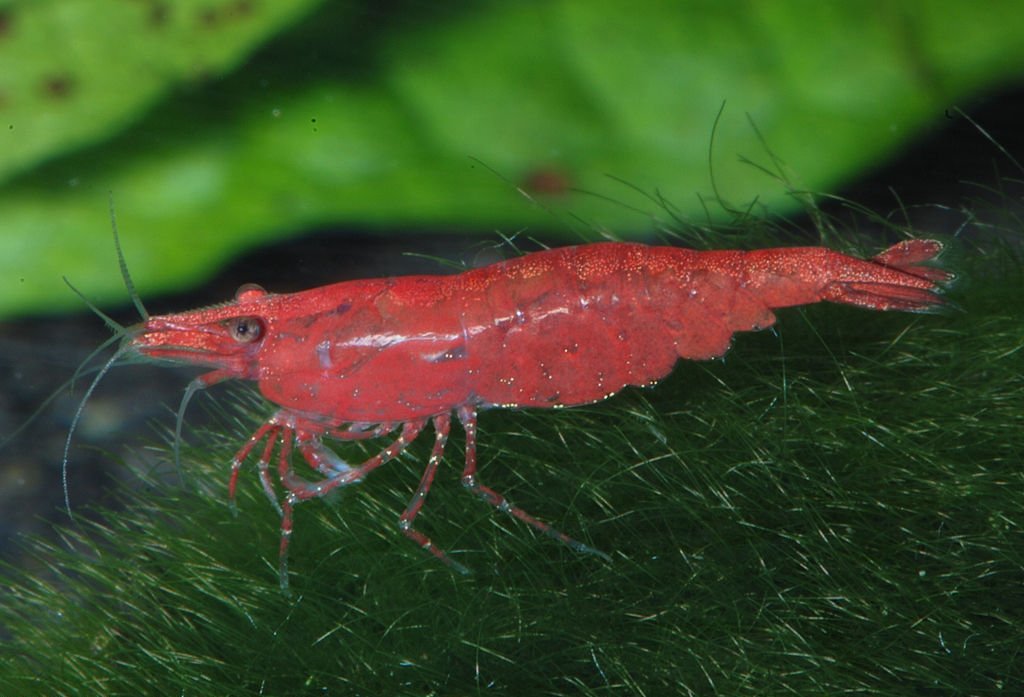
Cherry shrimp (Neocaridina davidi) have become one of the most popular invertebrate pets in the aquarium hobby, prized for their bright red coloration and peaceful nature. These tiny crustaceans typically grow to only about an inch in length, making them ideal for smaller tanks and nano aquariums where space is limited. Cherry shrimp earn their keep by constantly foraging for algae and uneaten food particles, effectively serving as a cleaning crew that helps maintain water quality. What makes them particularly appealing to beginners is their ability to breed readily in captivity without special conditions, allowing owners to establish self-sustaining colonies that can provide endless generations of these charming creatures.
Crystal Shrimp: The Living Jewels
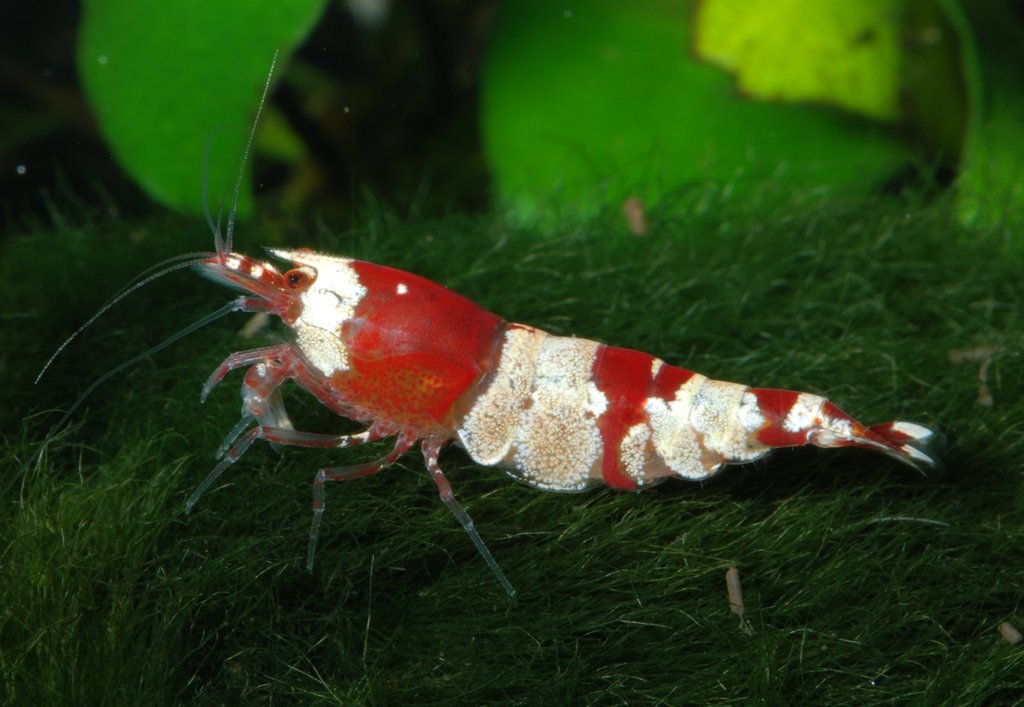
Crystal shrimp, including the Crystal Red and Crystal Black varieties (Caridina cantonensis), represent the more demanding end of the shrimp-keeping spectrum but reward dedicated aquarists with their stunning appearance. These shrimp display striking patterns of white and red or black bands that make them look like living jewels moving across the aquarium landscape. Unlike their hardier cousins, Crystal shrimp require more specific water parameters, particularly soft, slightly acidic water with minimal fluctuations in quality. Their more exacting care requirements and slower reproduction rate make them somewhat more challenging, but many enthusiasts find the extra effort worthwhile for these show-stopping invertebrates that command attention in any display tank.
Amano Shrimp: The Algae-Eating Workhorses
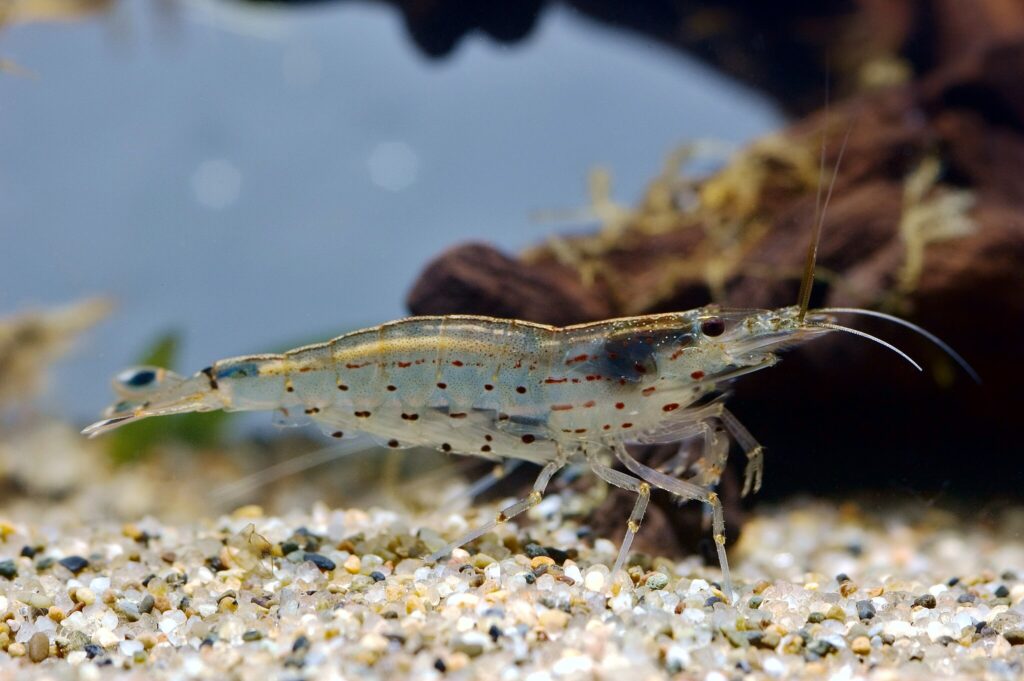
Named after aquascaping pioneer Takashi Amano, Amano shrimp (Caridina multidentata) have earned a reputation as the most efficient algae-eaters in the freshwater aquarium world. These larger shrimp, growing up to 2 inches, possess an almost insatiable appetite for various types of algae, including the troublesome hair and brush algae that many other cleanup crews won’t touch. Their translucent bodies with distinctive dots and dashes create a subtle yet elegant appearance that won’t distract from showcasing fish or aquascaping. While Amano shrimp can live for 2-3 years and are quite hardy once established, they rarely breed in home aquariums as their larvae require brackish to saltwater conditions to develop—a natural safeguard that prevents them from overpopulating your tank.
Mystery Snails: Colorful Tank Custodians

Mystery snails (Pomacea bridgesii) bring both practical benefits and visual interest to freshwater aquariums with their large size and vibrant shell colors. Available in gold, blue, ivory, purple, and other striking variations, these gastropods can grow to the size of a golf ball, making them substantial enough to be focal points in their own right. Their peaceful nature makes them compatible with most community tanks, where they methodically consume algae, leftover food, and decaying plant matter without harming live plants. Mystery snails are particularly fascinating to observe as they use their modified foot to “parachute” from plants or decorations, floating gracefully down through the water column in a behavior rarely seen in other aquatic pets.
Nerite Snails: The Algae Elimination Experts
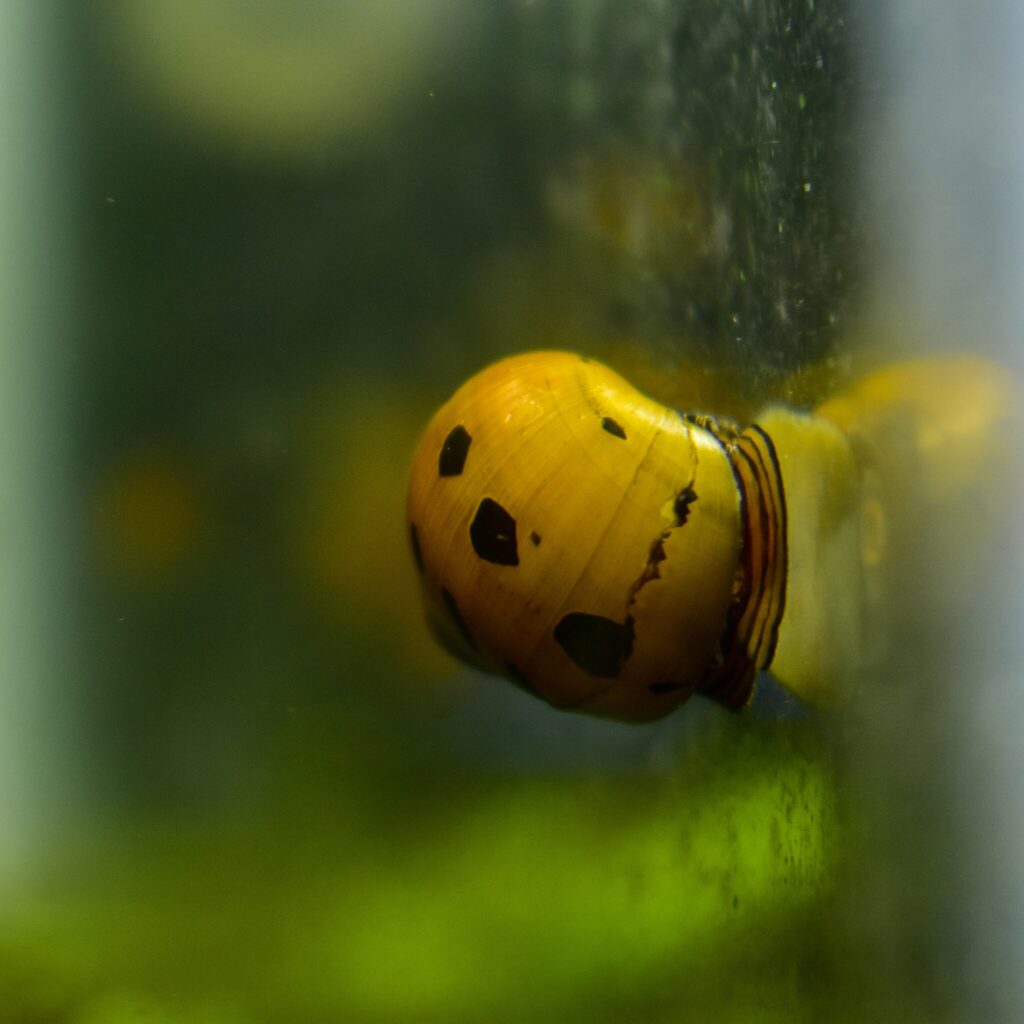
Nerite snails have earned a stellar reputation among aquarists for their unmatched algae-eating abilities combined with their inability to reproduce in freshwater, preventing the overpopulation issues common with other snail species. These industrious cleaners come in various attractive patterns, including zebra, tiger, and horned varieties, with distinctive shell markings that add visual interest to any aquarium. Particularly valued for their appetite for green spot algae that grows on glass and hardscape materials, nerites will methodically clean every surface in the tank, often leaving visible “tracks” as evidence of their thorough work. One fascinating adaptation of nerite snails is their ability to survive in both freshwater and brackish environments, though they require brackish or marine conditions to successfully reproduce, a feature that makes them ideal for controlled populations in home aquariums.
Rabbit Snails: The Gentle Giants
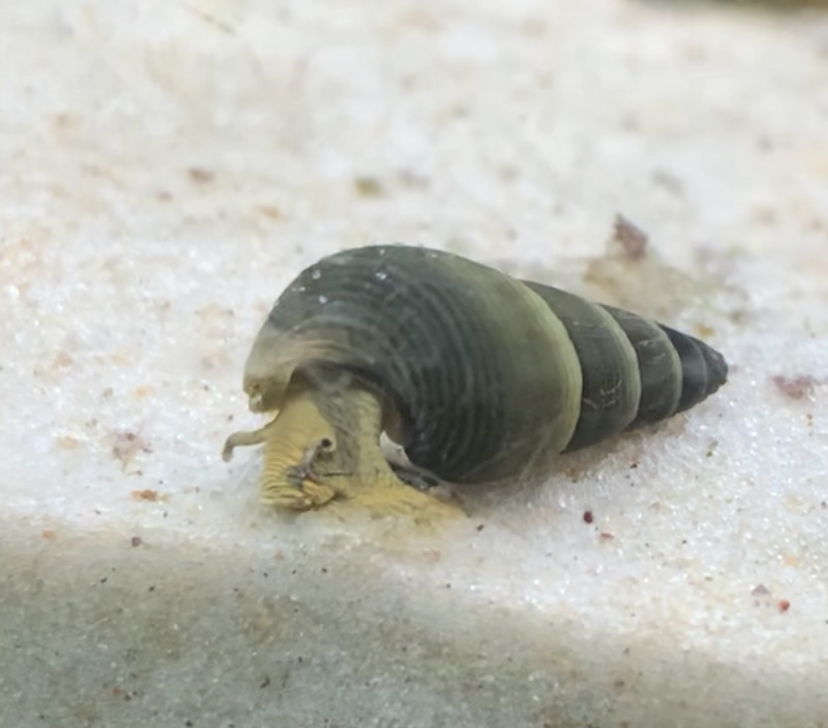
Rabbit snails (Tylomelania sp.) from the Indonesian island of Sulawesi have become increasingly popular in the aquarium hobby due to their distinctive appearance and gentle temperament. Named for their rabbit-like face with long tentacles resembling ears, these snails also move with a unique locomotive style that resembles hopping motions. Their elongated conical shells, which can grow up to 3-4 inches, come in attractive colors ranging from golden yellow to deep black, making them visually striking additions to larger aquariums. Unlike many other snail species that reproduce rapidly, rabbit snails have a slow reproduction rate, producing only one live young every 4-6 weeks, which prevents them from becoming nuisance inhabitants that overwhelm the aquarium ecosystem.
Mexican Dwarf Crayfish: Miniature Lobsters for Your Living Room
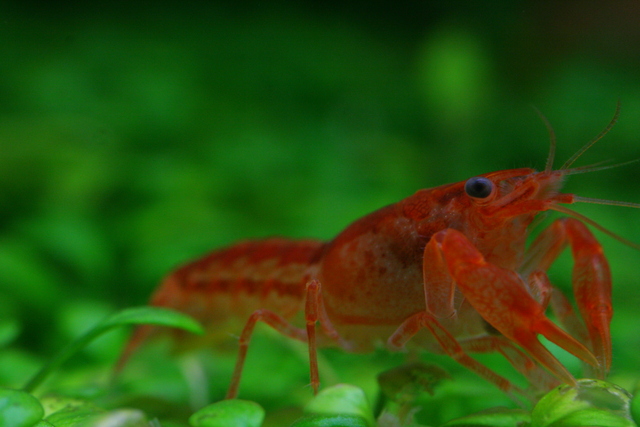
Mexican dwarf crayfish (Cambarellus patzcuarensis), particularly the striking orange variety known as CPOs (Cambarellus patzcuarensis “Orange”), offer all the fascinating behaviors of larger crayfish in a package suitable for community tanks. Rarely exceeding 1.5-2 inches in length, these miniature crustaceans display complex behaviors including territorial displays, molting processes, and interesting feeding techniques that make them endlessly entertaining to observe. Unlike their larger relatives that often harass fish and destroy plants, these dwarf species are generally peaceful enough to coexist with small, quick-moving fish and leave most sturdy plants alone. Their bright orange coloration provides a stunning visual accent in planted aquariums, particularly against green vegetation and dark substrates, where they stand out like living ornaments.
Thai Micro Crabs: Tiny Treasures
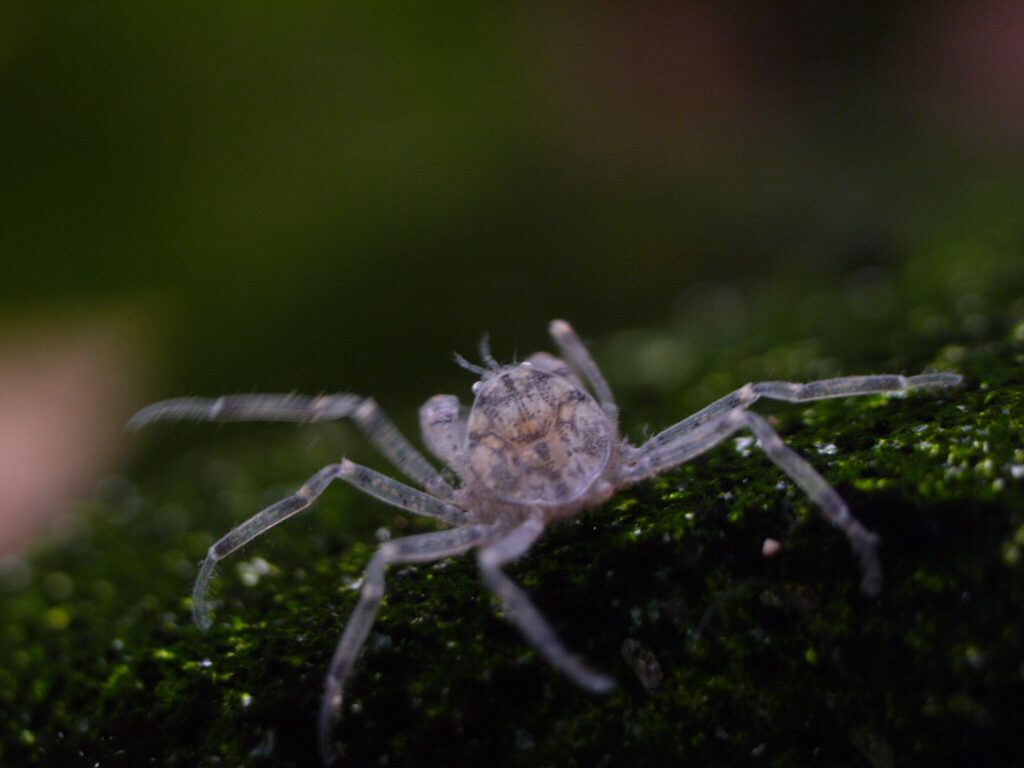
Thai micro crabs (Limnopilos naiyanetri) represent perhaps the smallest commercially available crustacean in the aquarium hobby, rarely growing larger than a quarter-inch across. These diminutive creatures have semi-transparent bodies with delicate, spindly legs that give them an ethereal, almost spider-like appearance as they climb through moss and plants. Despite their tiny size, micro crabs display fascinating behaviors, using their specialized front claws to filter particles from the water column in a distinctive feeding motion that resembles a person applauding in slow motion. Their peaceful nature makes them compatible with virtually any community tank inhabitants, though their small size and shy disposition mean they’re often most visible in species-specific setups with plenty of hiding places where they can feel secure enough to venture into open areas.
Freshwater Clams: Living Filters
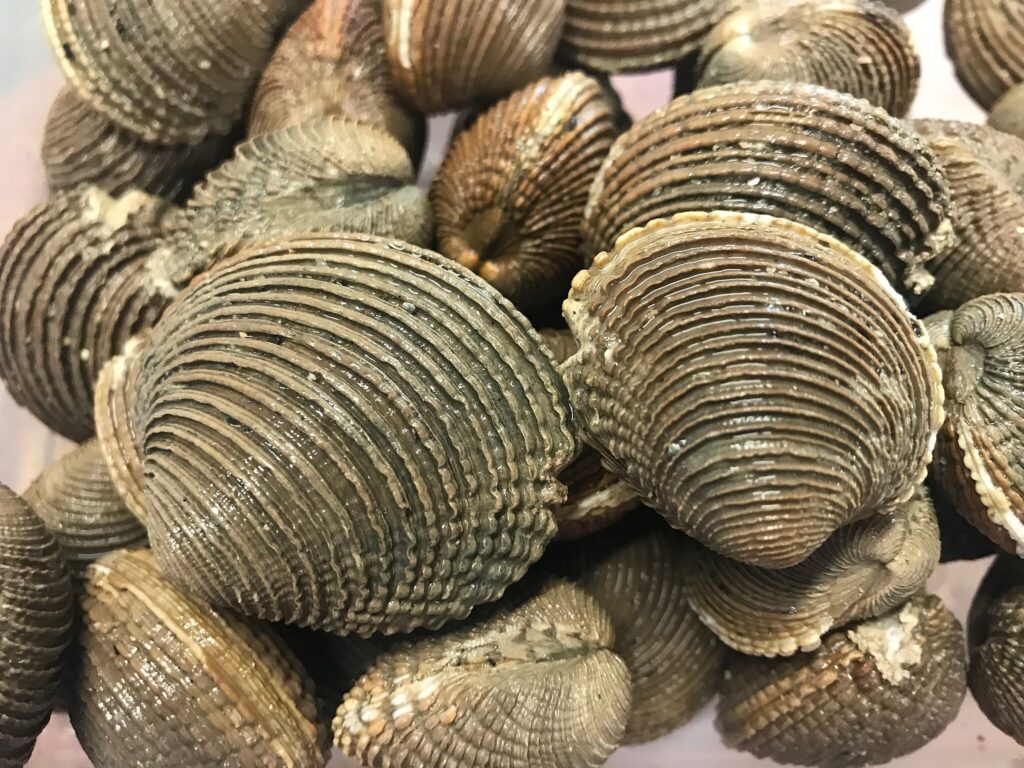
Freshwater clams represent some of the most efficient biological filters available to aquarists, capable of processing gallons of water daily as they feed on microscopic particles and algae. These bivalve mollusks burrow into the substrate with only their siphons exposed, creating a natural, constantly working filtration system that helps maintain crystal-clear water conditions. Watching a clam slowly move through the substrate using its muscular foot can be a fascinating glimpse into the adaptations of these ancient creatures that have remained largely unchanged for millions of years. However, prospective clam keepers should note that these creatures require stable, well-established aquariums with fine sand substrates and excellent water quality, as they’re sensitive to pollutants and can be difficult to feed in ultra-clean tanks without enough suspended organic matter.
Triops: Living Fossils in Your Aquarium
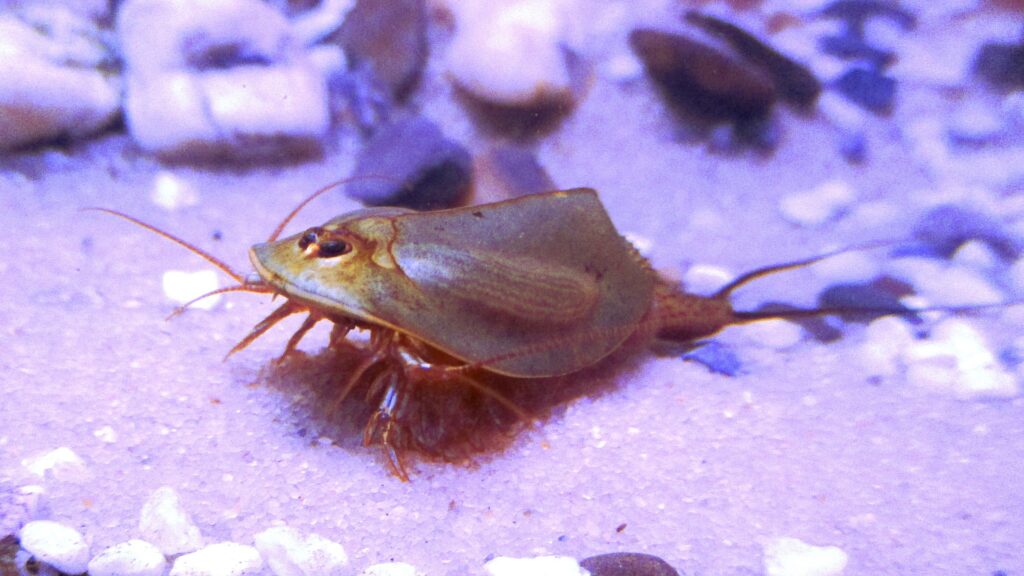
Triops, often called tadpole or shield shrimp, are fascinating prehistoric crustaceans that have remained virtually unchanged for over 200 million years, earning them the nickname “living fossils.” With their distinctive three-eyed appearance (their name literally means “three eyes”) and horseshoe crab-like shield, these unusual creatures provide a glimpse into Earth’s ancient past right in your home aquarium. What makes triops particularly interesting as pets is their extremely rapid life cycle—they hatch from dormant eggs, grow to adulthood in just a week or two, and complete their entire life cycle within 40-90 days, allowing owners to witness the complete development process in a compressed timeframe. Their eggs can remain viable for decades in a dormant state until exposed to water, making them remarkably resilient organisms that can be purchased as “grow your own” kits for a unique temporary aquatic display.
Freshwater Pom Pom Crabs: Cheerleaders of the Aquarium
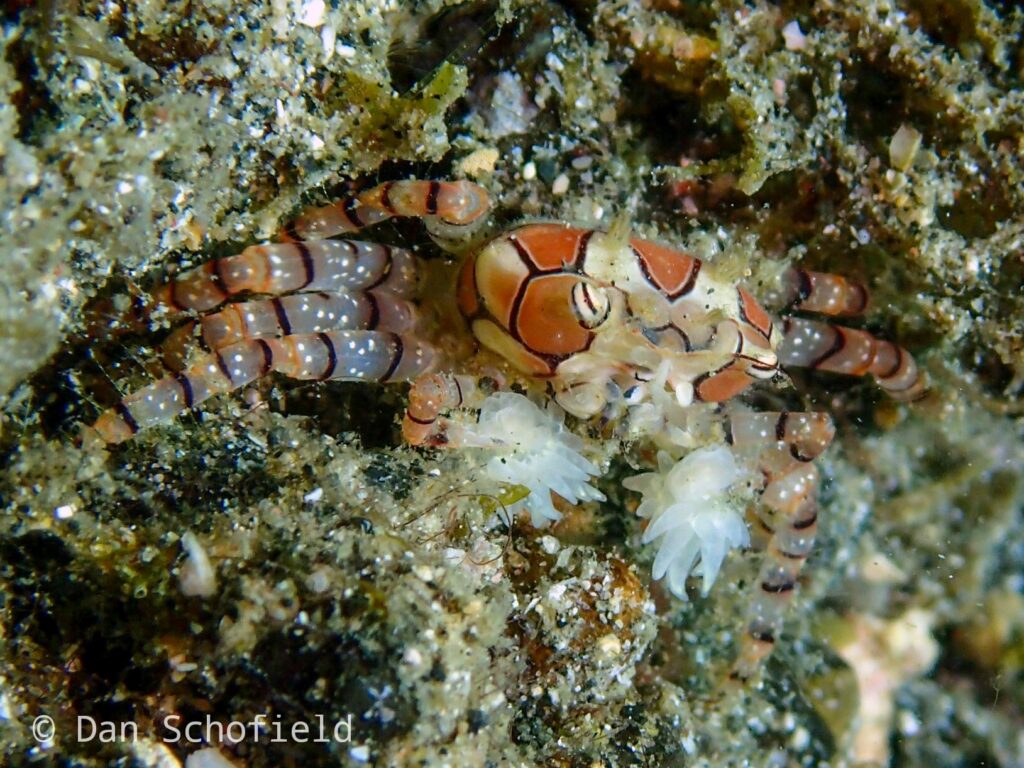
Freshwater pom pom crabs (Ptychognathus barbatus) derive their whimsical name from the specialized claws males use to filter-feed, which resemble tiny cheerleader pom poms when in action. These small crustaceans, typically growing to only about an inch across, feature attractive patterns of brown and cream coloration that help them blend with natural substrates. Despite their diminutive size, pom pom crabs exhibit complex behaviors, particularly during feeding, when they wave their specialized claws to capture floating particles from the water column in a mesmerizing display. They thrive in slightly brackish conditions but can adapt to fully freshwater setups, making them versatile additions to appropriately designed community tanks where their unique feeding behavior becomes a conversation starter.
Creating the Ideal Environment for Invertebrate Pets
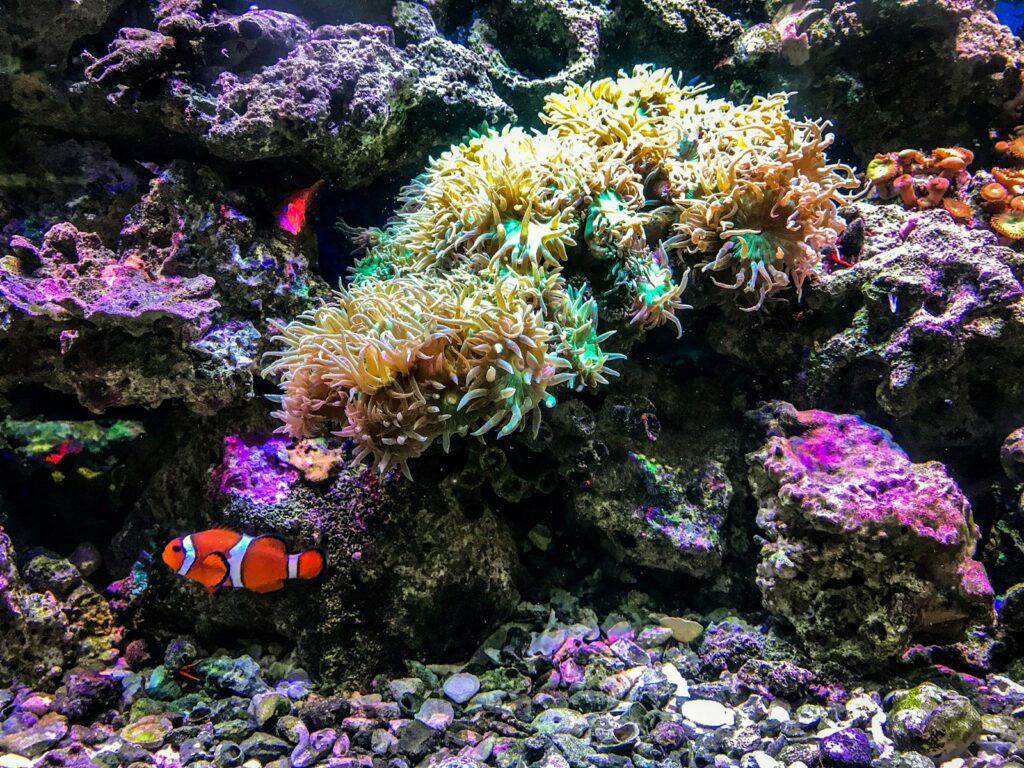
When setting up a home for aquatic invertebrates, creating plenty of hiding places through caves, driftwood, and dense plantings is essential for their sense of security and natural behavior expression. Aquatic plants like Java moss, anubias, and cryptocoryne species not only provide shelter but also serve as grazing surfaces where biofilm, a primary food source for many invertebrates, can develop naturally. Water parameters require special attention, as many invertebrates are more sensitive to copper, ammonia, and sudden changes than fish; for this reason, fully cycled, stable aquariums are necessary, and many medications common in fish-keeping must be avoided due to their copper content, which is highly toxic to crustaceans and snails. Finally, appropriate feeding is crucial, with specialized invertebrate foods now widely available that provide the calcium, iodine, and other nutrients essential for proper shell and exoskeleton development that might not be present in standard fish foods.
Compatibility Considerations for Mixed Species Tanks

When creating community tanks that include invertebrates alongside fish, careful species selection becomes critical to ensure the safety and well-being of these more vulnerable tank inhabitants. Avoid keeping invertebrates with predatory fish like puffers, loaches, and cichlids, which view crustaceans and snails as part of their natural diet and will quickly make short work of your invertebrate collection. Consider the adult size and temperament of any fish species, opting for peaceful community fish like small tetras, rasboras, and peaceful danios that won’t harass or prey upon their invertebrate tankmates. Remember that while many fish appear too small to eat adult shrimp or snails, they may still prey upon the young, so dense plantings and moss growth are essential if you hope to establish self-sustaining invertebrate colonies in community settings. Finally, be mindful of the competitive relationships between different invertebrate species themselves—for instance, crayfish may prey on shrimp, while some larger shrimp species might harass smaller varieties.
The world of aquatic invertebrates offers a fascinating alternative to traditional fish-keeping, whether as complementary additions to existing aquariums or as the stars of specialized tanks designed around their unique needs. These creatures bring not only visual interest but also practical benefits through their cleaning activities and contributions to biological balance. As the aquarium hobby continues to evolve, more enthusiasts are discovering the charm and distinct personalities of these unconventional pets. With proper research and care, shrimp, snails, crabs, and other invertebrates can provide years of enjoyment while offering a glimpse into the amazing adaptations of aquatic life beyond the familiar world of fish.


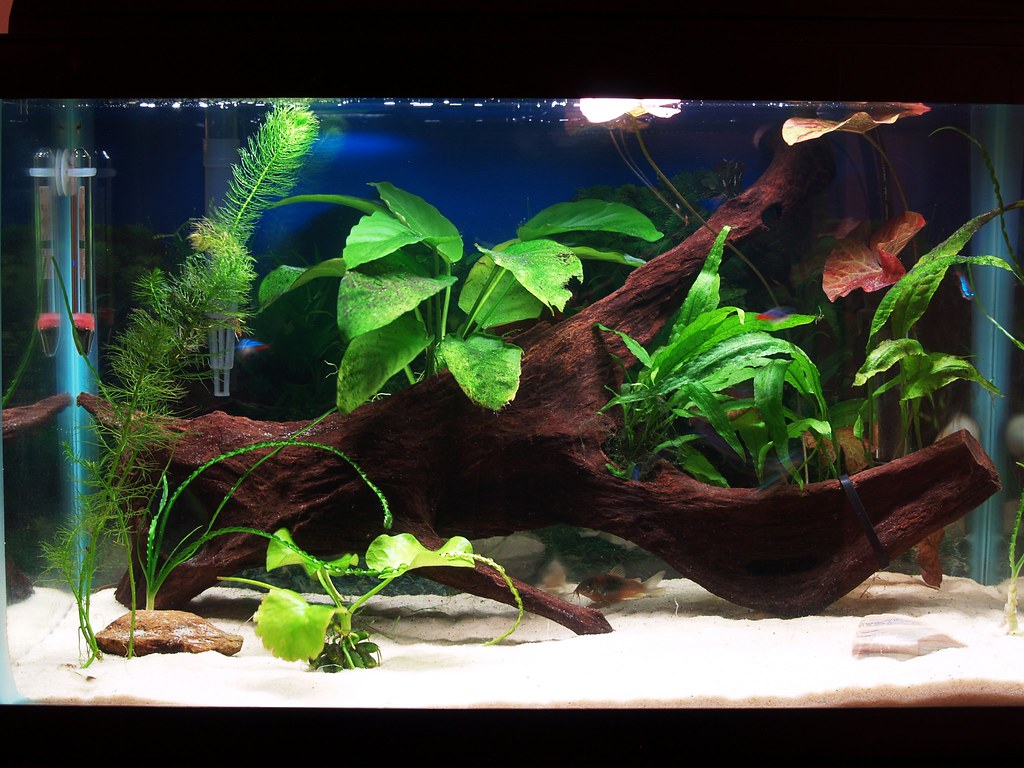
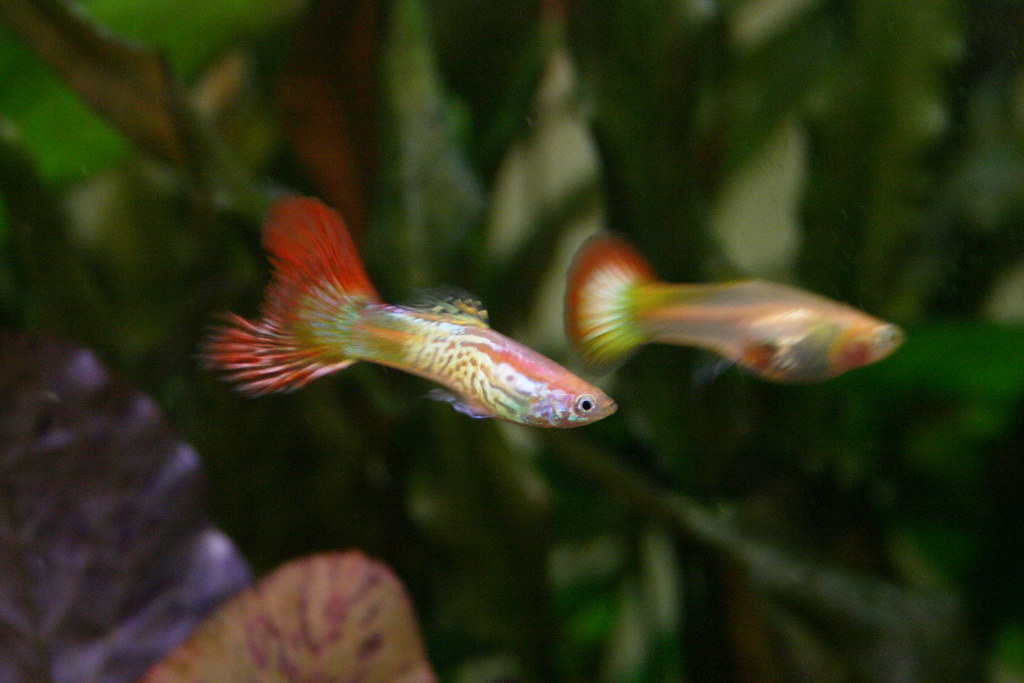


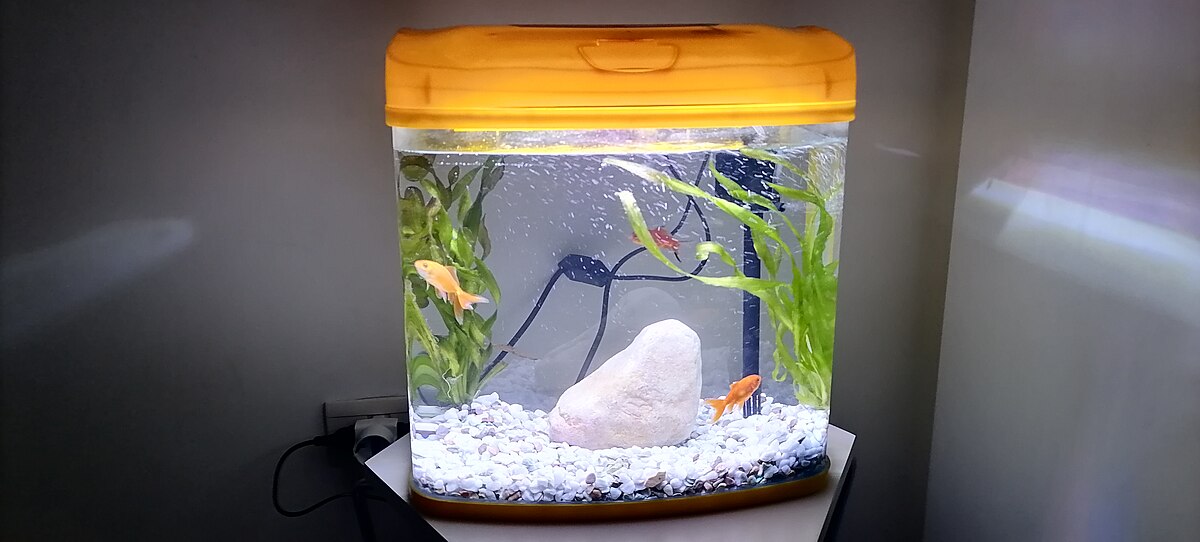
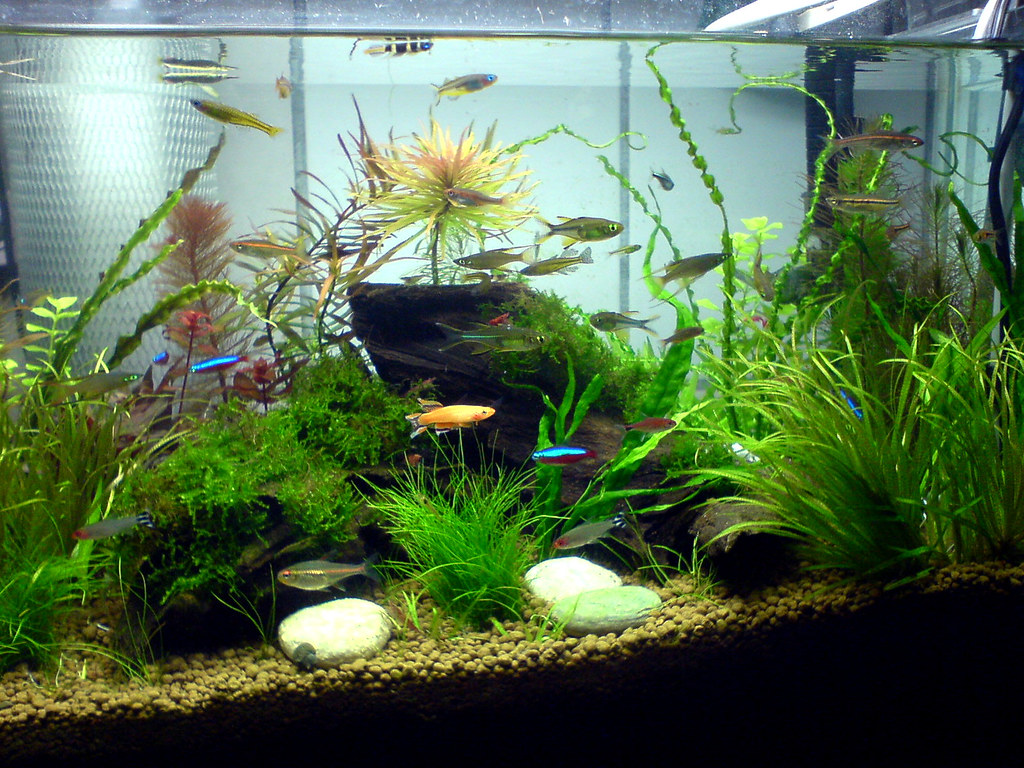
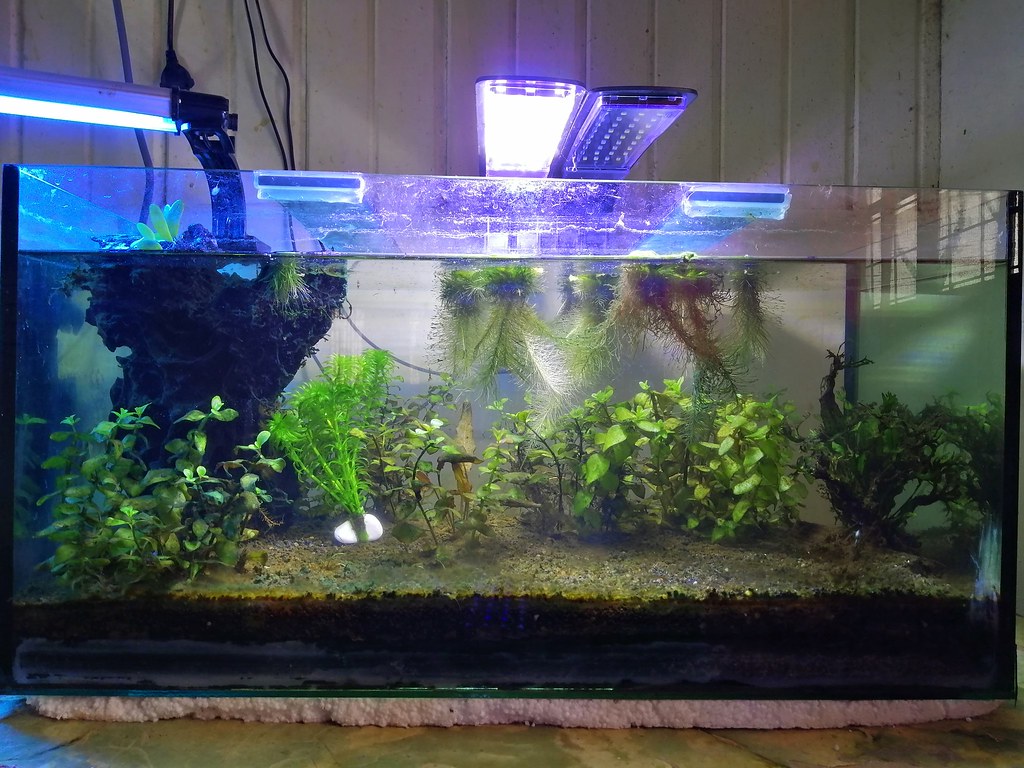
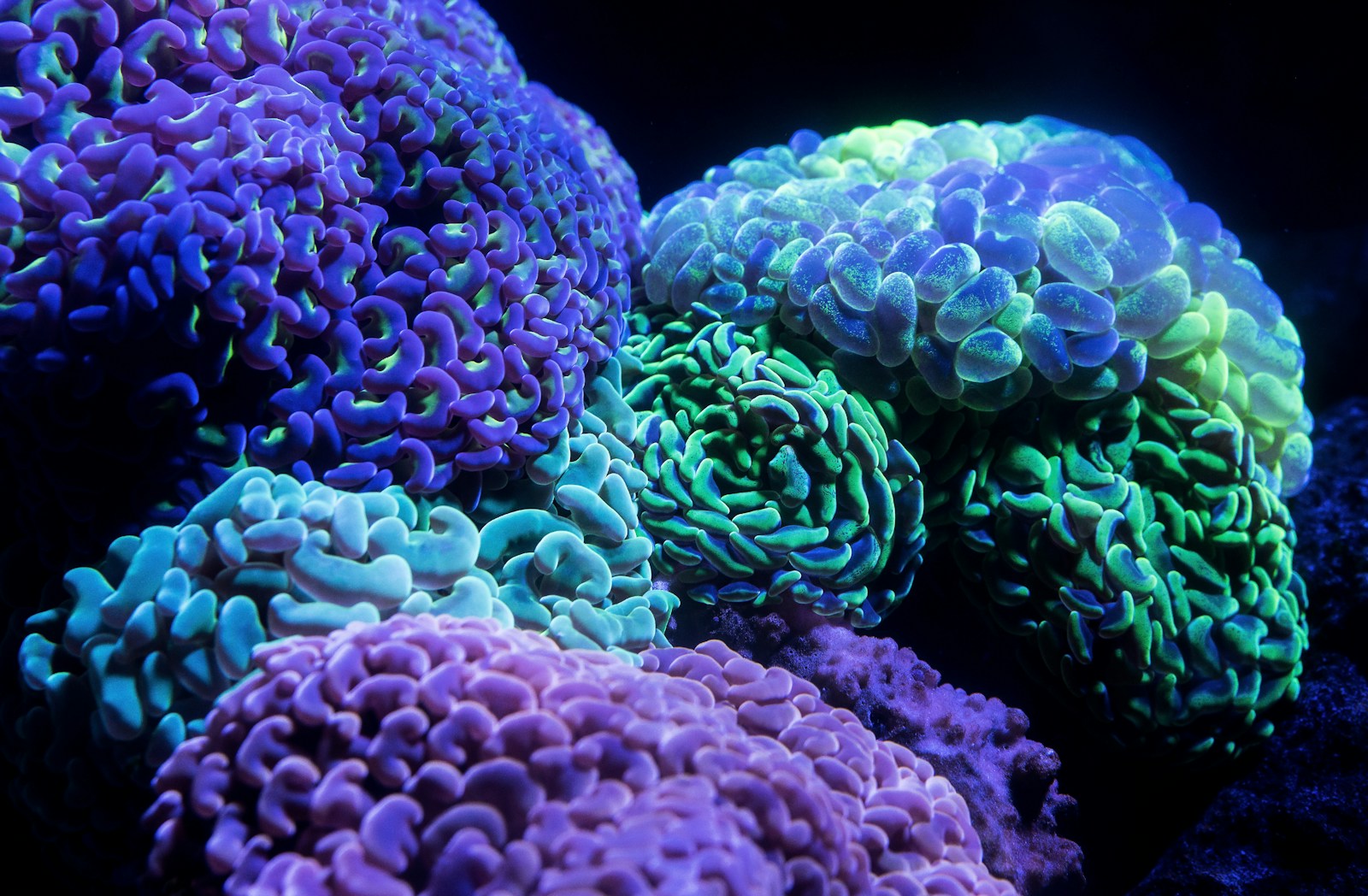
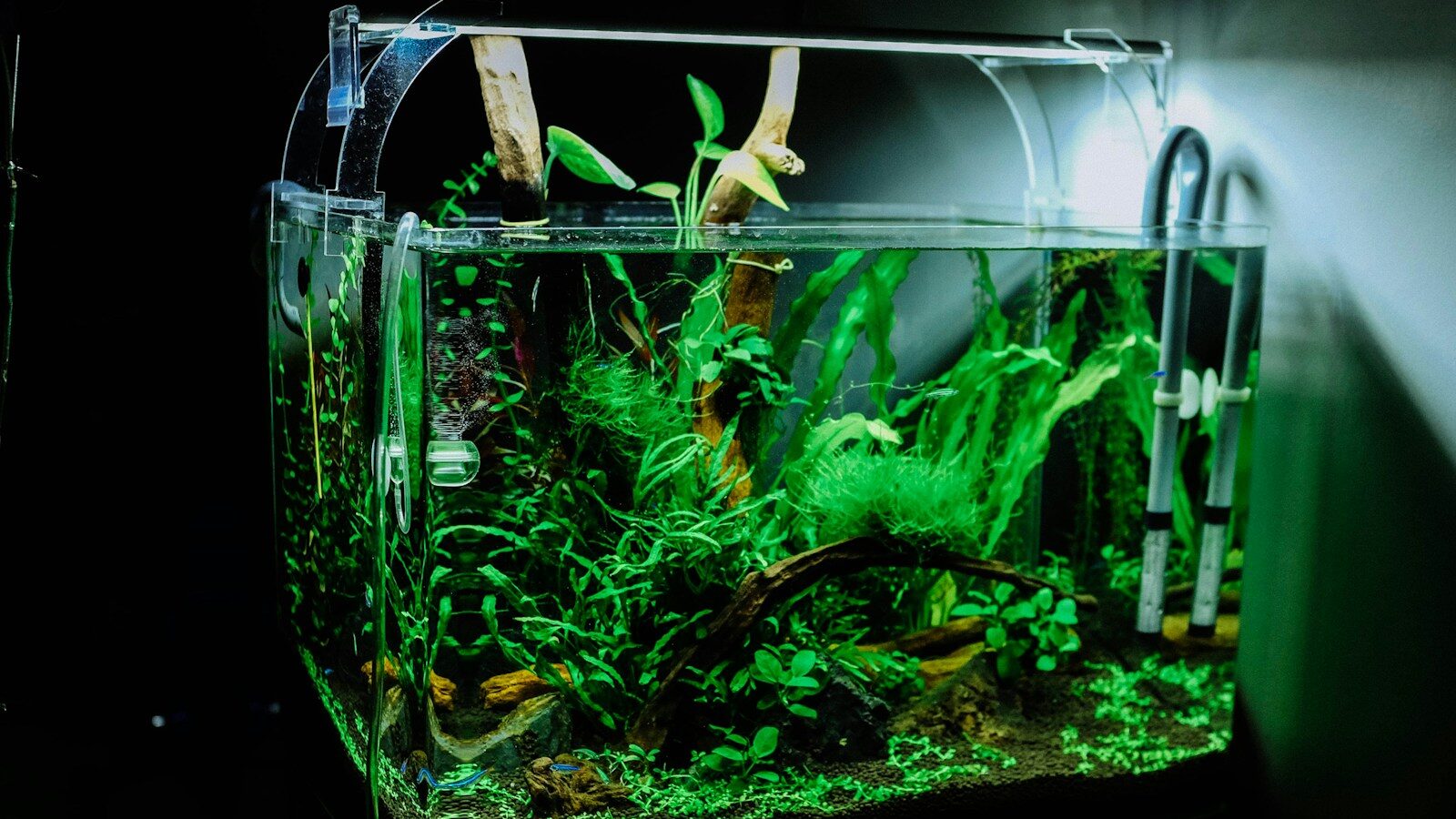





Leave a Reply